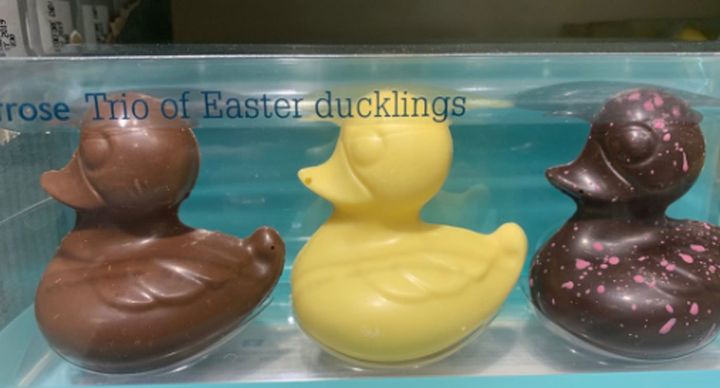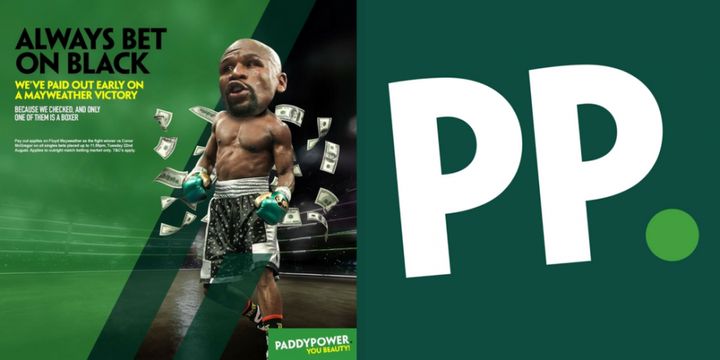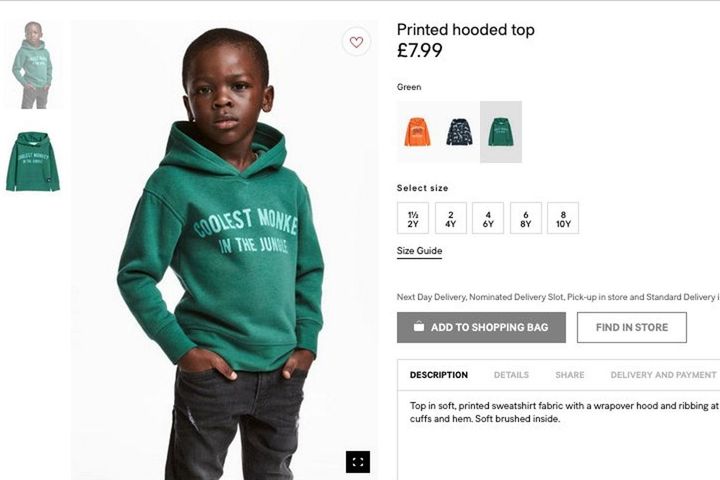
It looked innocent enough on the shelf, a soft green hoodie with the words “coolest monkey in the jungle” emblazoned across the front. But when the marketing image hit the internet, the condemnation could not have been swifter.
H&M was forced to apologise after the adverts, featuring a young black boy, were deemed racist. The retailer didn’t stop there, sending representatives to an anti-racism conference to share what they had learned since the row, which went viral on social media.
Of course, advertising blunders are nothing new. But in recent years there have been a series of high-profile campaigns which have received widespread criticism for missing the mark with racial imagery. Which all begs one simple question: if these campaigns are so quickly and obviously found to be offensive by members of the public, are any of these decisions actually made with any involvement from black and minority ethnic (BME) members of staff?
According to a diversity study by the Institute of Practitioners in Advertising (2018), ethnic diversity within UK advertisement agencies is at its “highest recorded level”. However, the industry still has to make significant progress in appointing individuals from BME backgrounds to senior positions.
When it comes to chair level board members like chief executives and managing directors, white representation sits at 97.1% and BAME at 2.9%. They’ve barely moved from 2017′s 98% and 2% respectively.
The situation is the same in the US too. African-Americans account for just 4% of the senior level roles in marketing among the US-based marketing departments, according to the ANA’s Alliance for Inclusive and Multicultural Marketing report.

In 2017, hygiene brand Dove ran a campaign which showed a black woman taking off her t-shirt and magically turning into a white woman after using Dove body-wash. It sparked backlash from critics who said it implied that black women were dirty.
And high-end fashion designers have also found themselves hit by a series of controversies. In February, Italian luxury brand Gucci lit up social media after images of a balaclava knit top that looked like blackface caricatures surfaced, leading the brand to apologise on Twitter.
Last December, Prada announced that it will pull certain products from its Pradamalia line after the company was widely accused on social media of using blackface imagery in its products and a store display.

The list goes on. Bookmaker Paddy Power was issued with a ban by the Advertising Standards Authority in the UK for an advertisement it deemed to be “racist”. It encouraged punters to “always bet on black” alongside a picture of boxer Floyd Mayweather.
On Tuesday, haircare line Head and Shoulders came under fire for referring to an ancient African style of grooming hair, known as cornrows, as the ‘English braid’ in an article published in Hello! magazine.
The style was comprised of three slim braids and was designed in collaboration with hairstyling brand The Braid Bar in celebration of the upcoming Women’s World Cup, which begins in June. The hairstyle is widely worn among black people in the UK and would be clearly recognisable as cornrows to anyone remotely familiar with it.
A spokesperson told HuffPost UK: “It would never be our intention to undermine any existing cultural hair heritage with the naming of this style and so in recognition of your comments we are reviewing its name.”
When questioned about the brand’s commitment to ethnic diversity, the spokesperson said: “Our team at Head and Shoulders, our creative agencies and The Braid Bar are diverse (in hair and ethnicity). Head and Shoulders is part of the P&G family of brands, as such diversity and Inclusion is part of our DNA and is fundamental to how we do business.”
On the same day, Waitrose was forced to apologise for selling a trio of Easter ducklings and labelling the dark one ‘Ugly’; the white chocolate one was called ‘Fluffy’, while the milk chocolate one was called ‘Crispy’.
Many people said the furore was an example of political correctness gone mad, arguing that it was about confectionary branding, and there was no indication of racism.
One member of the public tweeted: “Someone came into work and complained that the ugly duckling in the chocolate Easter ducks was dark chocolate and it’s racist apparently. Why are people so easily offended nowadays?”
Another wrote: “As if we haven’t got enough real problems. Now a dark chocolate Easter duck named ‘ugly’ after the story of The Ugly Duckling was withdrawn from sale because some customers at the Waitrose stores found it racist. Ughh! Head in hands. We’ve gone potty!”
However, UK Black Lives Matter activist Nick criticised the move, writing on Twitter: “Innocent looking Easter gift? Look a bit closer! The darkest duck is called ugly. And before you say I am being over dramatic this sort of negativity towards blackness is all around us. Waitrose have now withdrawn the product but this should have been noticed before. It’s 2k19!”
A Waitrose spokesperson told HuffPost UK: “We are very sorry for any upset caused by the name of this product, it was absolutely not our intention to cause any offence. We removed the product from sale several weeks ago while we changed the labelling and our ducklings are now back on sale.”
Solat Chaudhry, the CEO at National Centre of Diversity, said he guessed that the professional marketing people at Waitrose, “albeit well-intentioned”, would not have considered the wider context behind why the chocolate duck campaign was so offensive.
He told HuffPost UK: ”On the face of [the chocolate duck row] it does sound ridiculous - but if we dig a bit deeper this is a serious argument covered in chocolate.
“If we all stop and take a closer look underneath the chocolate coating at the historical context, we see that the perception that lighter skin is more beautiful is centuries old.
He added: “If the context had been thought through more and the impact understood, this unfortunate situation would not have risen. Moreover, we would be closer to understanding how these century old sentiments have led to people being seen as second-class citizens.”
Some people have even suggested that brands deliberately stoke the outrage of consumers to sell their product.
Following the disastrous Dove campaign, singer and television presenter Jamelia wrote: “I’m absolutely convinced that these corporations are using black outrage as a marketing ploy. It’s becoming ridiculous now.”
A spokesperson from the Equality and Human Rights Commission told HuffPost UK that it’s good for business to have BME employees in senior roles.
“Having a board which reflects the diversity of our society is in any business’s best interest,” they said. “A diverse workforce would ensure a wide range of views and experiences can be shared and lead to better decision making.”
In March 2017, Tesco chairman John Allan told a business conference in March that white men are an “endangered species” in UK boardrooms. He claimed that “if you are female and from an ethnic background, preferably both, you are in an extremely propitious period”.
It cannot be said for sure whether the marketing decisions that have caused such outrage, and so quickly upon coming into contact with the general public, were made by senior teams that are lacking in ethnic diversity.
But the statistics speak for themselves: until PR and marketing departments ensure that their staff look more like the customers they are trying to appeal to, even well-meaning creative teams will continue to make blunders when it comes to race.
